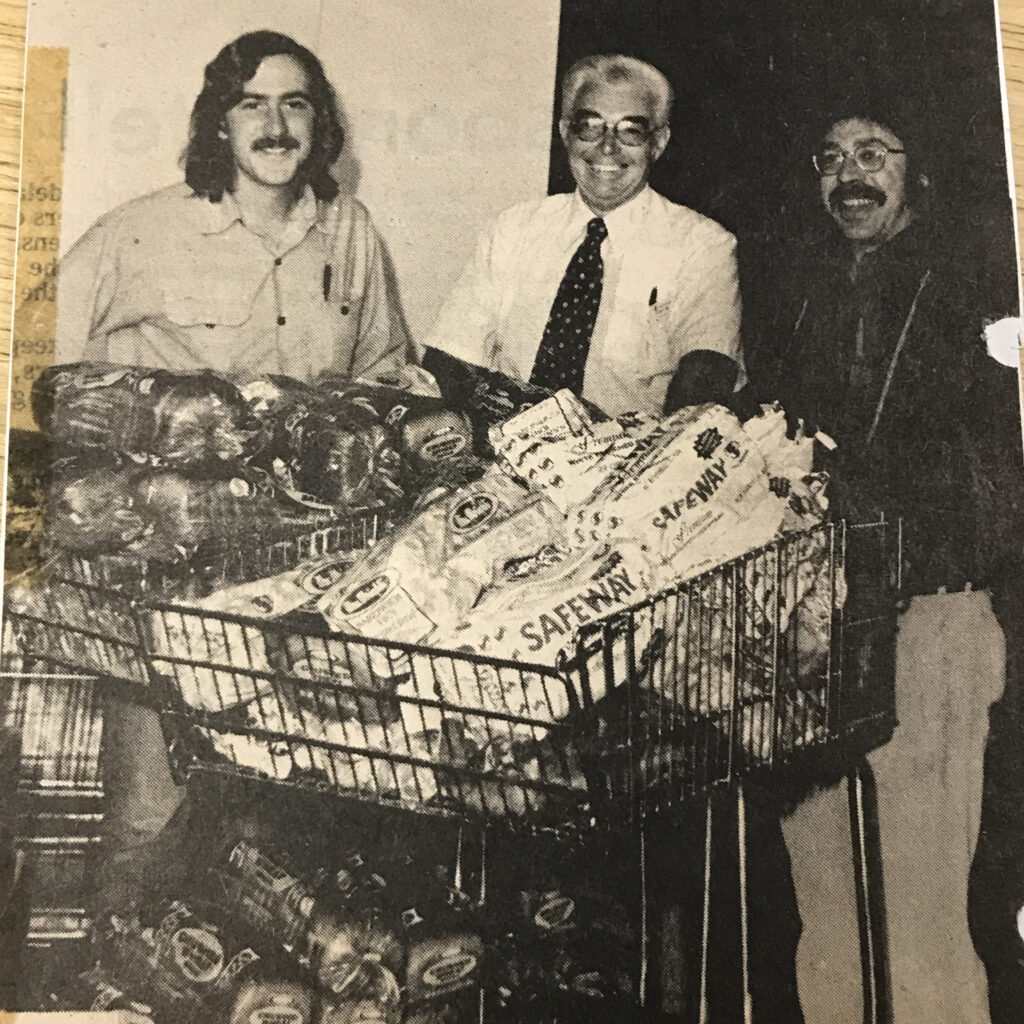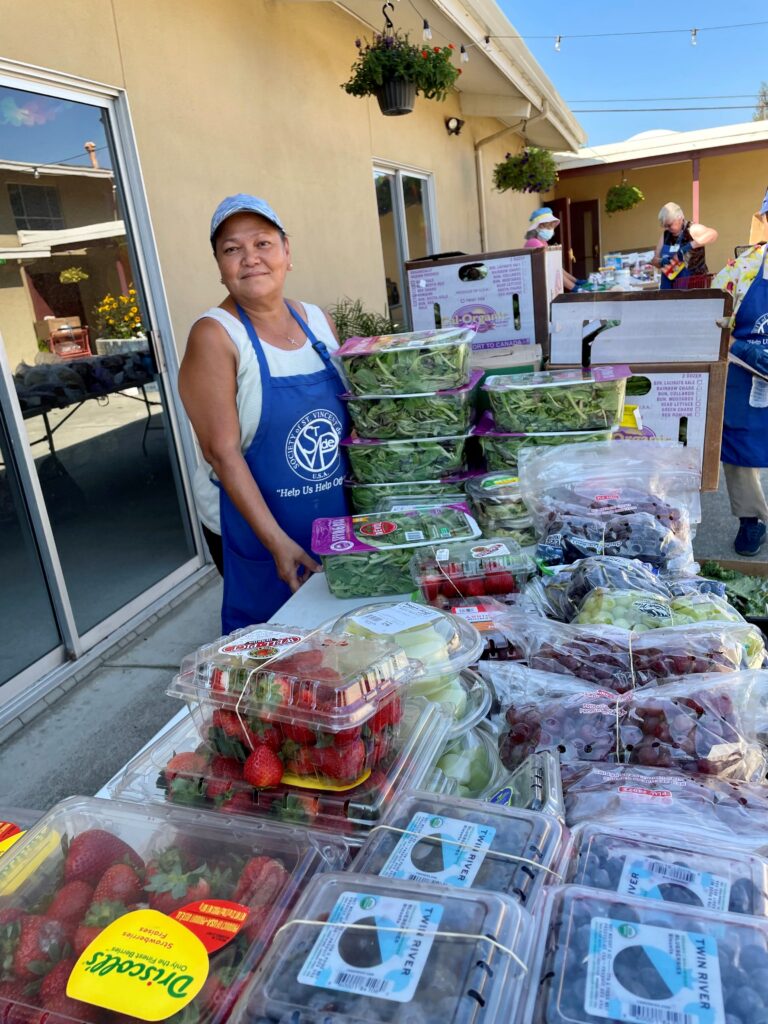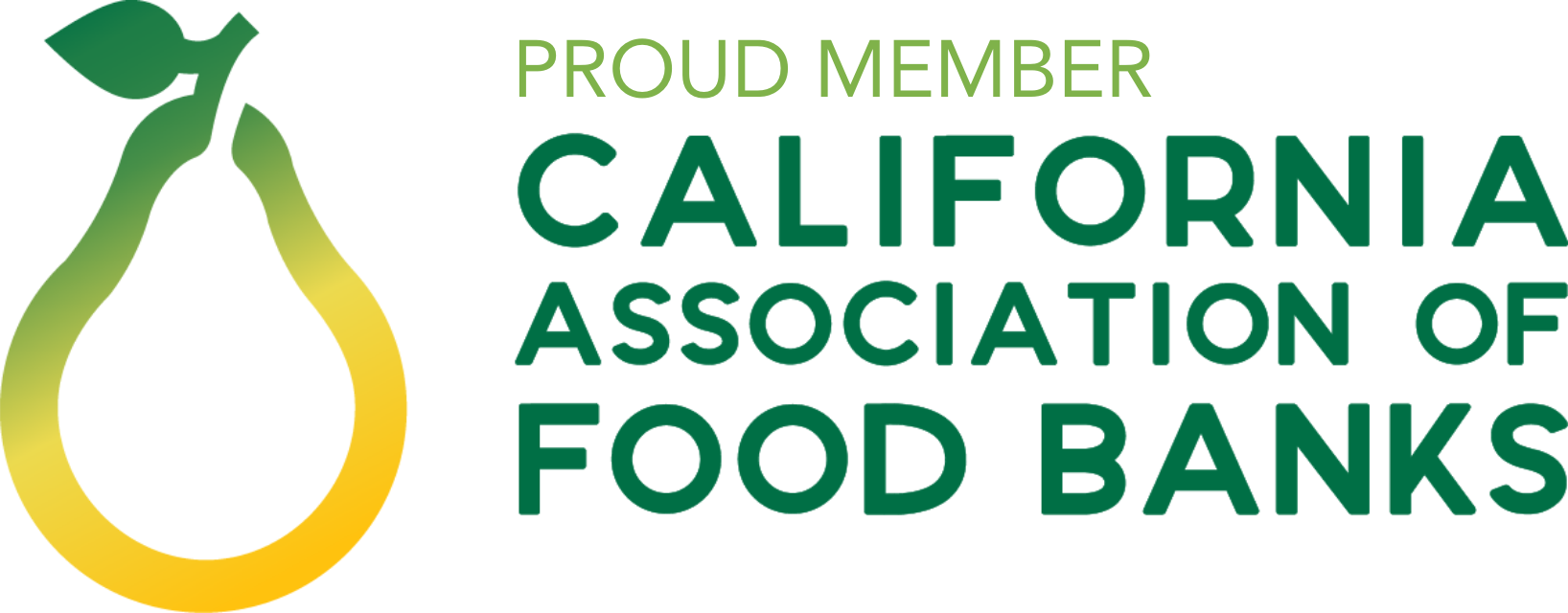The United States Department of Agriculture estimates that more than one-third of our food supply is wasted every year! That’s billions of meals that could be helping our neighbors feed their families and themselves.
Thanks to hunger fighters like you, our Food Bank has been working on this issue from day one! Together, we’re keeping more edible food out of the trash, and in the hands of our neighbors in need.
That’s good for local families, kids and seniors – and it’s also good for our planet. By keeping food out of landfills, we’re reducing a major source of methane gas, which would otherwise contribute to climate change.
As we celebrate Earth Month this April, take a look at how you’ve helped us reduce food waste for 50 years – and learn more about how you can continue the fight against waste at home.

The bread connection
Before the Food Coalition existed, companies dug big holes and buried food they couldn’t sell. Today, more and more companies donate it instead…
—Food Bank Newsletter, 1986
Last year, you enabled our network of nonprofit partners to rescue more than 8.2 million pounds of unsold, edible food from local businesses. That’s the same weight as 100 semi trucks – or more than 6.8 million meals!
Food rescue has been part of our mission, since the days when we were still known as the Community Food Coalition. One of the first foods we distributed in 1975 was day-old bread, collected from local grocery stores in a pickup truck. These unsold groceries helped ensure our partner food pantries would no longer run out of food before the end of the month – a common problem at the time.
In our early days, the Food Bank also relied on donations from large companies who would sometimes make product errors – like the makers of Raisin Bran, who once donated over 50,000 pounds of cereal which contained too many raisins.
Thanks to your support, our food rescue operation has come a long way! Together, we’ve been able to help our network of hunger-fighting food pantries and soup kitchens purchase vehicles they can use to pick up more unsold food from local stores, while new fridges and freezers have allowed them to store more fresh items like meats, produce and dairy products.

You can fight food waste too!
All of us can do our part for our planet. Here are just a few ways you can reduce food waste – and be part of our food rescue effort.
Is your fruit tree or home garden producing more than you can handle? You can donate the excess to the Food Bank’s partner agencies, and help our neighbors in need enjoy a wider variety of tasty produce.
“Shopping your fridge” for ingredients is a great way to ensure those last few carrots, or half an onion don’t end up in the trash. Our recipe for Scrappy Soup can accommodate all sorts of produce, with delicious results.
You can greatly extend the life of fruits, veggies and other ingredients by storing them in different ways. Check out our 10 tips for reducing food waste to get inspired.
Together, we can make progress
You’ve helped us keep more food out of our landfills, and on tables. But recent cuts to our federal funding – including the cancellation of a grant that would have helped us expand this work in Vallejo – could disrupt our progress. Your gift today will help the Food Bank and our partner network continue our critical work to get food where it’s needed most.




